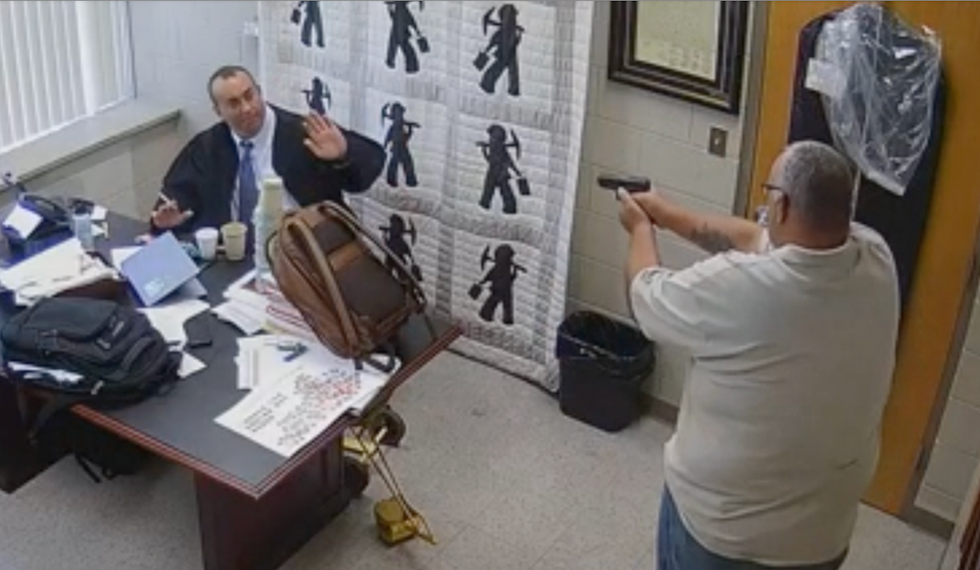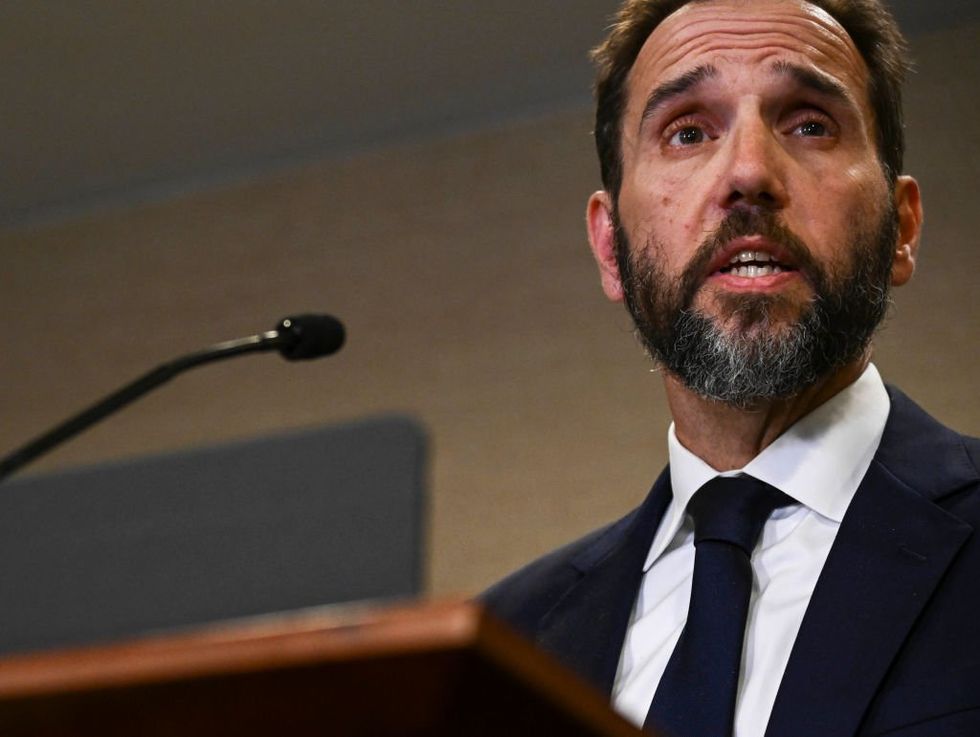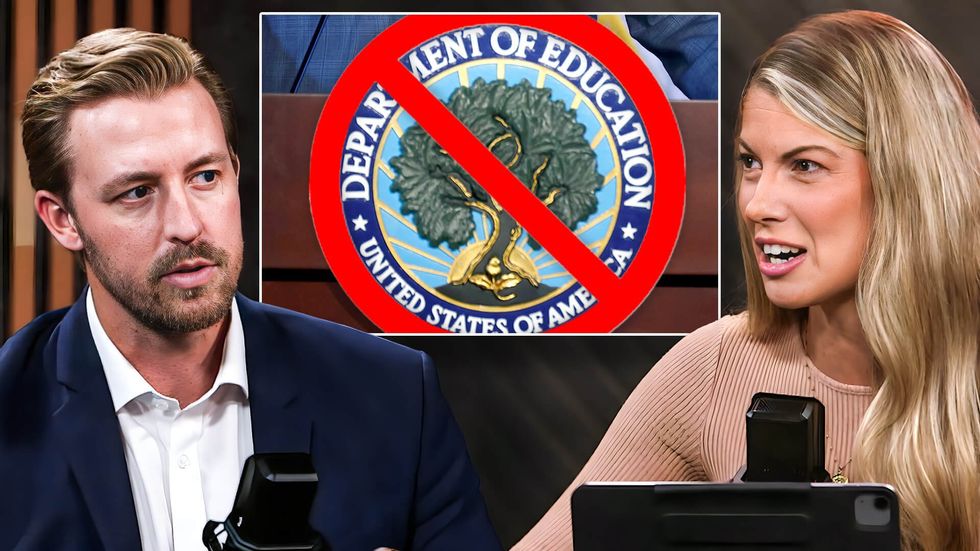Hamas-Israel ceasefire talks on knife-edge as Blinken visits region
'This is one of the key sticking points, and one for which Netanyahu does not feel he wants to allow much wiggle room'



JERUSALEM – With the threat of Iranian and Hezbollah reprisals hanging over the ceasefire negotiations between Israel and Hamas, there were mixed signals about the talks’ success or failure Monday as U.S. Secretary of State Antony Blinken arrived in the region to try and shepherd the warring parties to some kind of halt.
Israel’s Prime Minister Benjamin Netanyahu met with Blinken for a three-hour meeting in Jerusalem – described as “positive” and “held in a good atmosphere,” and which concluded with the premier releasing a statement publicly backing the latest U.S. “bridging proposal” that was presented to Israel and conveyed to Hamas at the end of talks in Doha last week. The bridging proposal is an attempt to manage the apparently wide divergence of expectations between Hamas and Israel – and in such a way, if possible, that the talks don’t completely collapse.
The meeting lasted approximately three hours. The Prime Minister reiterated Israel’s commitment to the current American proposal on the release of our hostages, which takes into account Israel’s security needs, which he strongly insists on.
— Prime Minister of Israel (@IsraeliPM) August 19, 2024
Initial reports on Sunday suggested Netanyahu was leery of the chances of a breakthrough, his pessimism – according to cabinet ministers with knowledge of the matter – stemming from his rejection of the notion the IDF should leave the Philadelphi Corridor. This stretch of land, which crosses the Gaza-Egypt border has been revealed to be the main route through which Hamas smuggled men, weapons, and materiel to their mafia-like stronghold.
This is one of the key sticking points, and one for which Netanyahu does not feel he wants to allow much wiggle room.
In addition to Hamas, negotiators must also consider Egypt, whose pride has been bruised and battered as the scale of the operation – and the necessary coordination – between it and Hamas has been laid bare, following Israel’s continued presence in and around Rafah. Indeed, the IDF blew up a mile-long tunnel Monday as it continues to dismantle Hamas’ terrorism infrastructure.
Mile-long terror tunnel in southern Gaza destroyed by IDF
‘Along the tunnel route, an active compound of Hamas terrorists was located where weapons, explosives, and equipment for long-term stay were found – used by the terrorists who left the compound as the troops arrived’ pic.twitter.com/P8gNVecrCv
— i24NEWS English (@i24NEWS_EN) August 19, 2024
On Sunday evening, Hamas released an official statement rejecting the terms of a hostage release-ceasefire deal, effectively blaming Netanyahu for putting up obstacles to reaching a deal.
For his part, Blinken, who earlier in the day met with Israel’s President Isaac Herzog, said he had come on President Biden’s instructions to get the deal to the line and ultimately over it, in what might be the last chance to get the hostages home.
Blinken meets Israel’s President Isaac Herzog
Blinken’s opinions on what the Biden administration has been doing for the last 10 months, seemingly without urgency or direction in this matter – particularly when there are known to be U.S. citizens among the hostages – was not recorded.
Does either side want the talks to succeed?
The answer to that question depends upon whom you ask. Critics of Netanyahu – and there are many – from political opponents, large swathes of the hostage families, pundits and others – argue he is trying to engineer a way for the talks to fail. They have accused him of putting the desire to return the hostages – of whom there are still 115 in captivity – home, at the expense of continuing a war whose stated aim of “destroying Hamas” seems amorphous.
He has been accused of letting the situation drift, using his preferred tactic of not making concrete decisions to keep his options open, as well as playing fast and loose with the seniority of the diplomatic teams he has sent to negotiate on Israel’s behalf. His Hamas critics would point to the fact he ordered the assassination of Ismail Haniyeh in Tehran as evidence of his unseriousness, too.
On the flip side there is Hamas. Among all the talk of teetering negotiations it must not be forgotten what these Gazan gangsters perpetrated on Oct. 7 to start this war. They carried out a pogrom so twisted and brutal, and catalyzed by an orgiastic sense of glee, that it deliberately invited the response they hoped to get from Israel.
Yahya Sinwar’s hope was to draw Iran and its proxies, particularly Hezbollah, into a regional war where they would face off directly against Israel, with the odds potentially stacked in their favor. He might still get his wish, as Hezbollah plays semantic games about not wanting an expected attack on Israel to happen while there is still a glimmer of hope for the ceasefire negotiations.
If the talks do indeed break down, the expectation of Iranian and Hezbollah retaliation for the targeted killings on their respective home soils – despite the prospect of potentially spilling out of control – will rise exponentially.
Content created by the WND News Center is available for re-publication without charge to any eligible news publisher that can provide a large audience. For licensing opportunities of our original content, please contact [email protected].
SUPPORT TRUTHFUL JOURNALISM. MAKE A DONATION TO THE NONPROFIT WND NEWS CENTER. THANK YOU!
Originally Published at Daily Wire, World Net Daily, or The Blaze
What's Your Reaction?
































































































